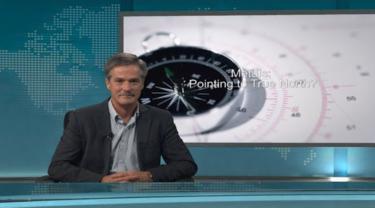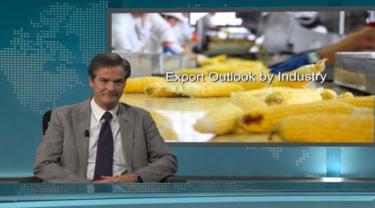It still baffles me that magnetized metal on a frictionless surface will point north. Since its discovery, the simple compass has been relied on by the small and great alike, and doubtless has myriad stories to tell of dramatic rescues and great navigational feats. Metals have in the same way been a reliable bellwether of the economy – some more than others. As the signs of a long-delayed revival in global growth mount, are movements in metals markets telling us anything?
If so, it would be a big change. Metals lost their magnetism in the post-recession years, for a number of reasons. First, the massive global government spending program, launched in 2009, created the illusion of recovery, vaulting metals prices back to pre-recession highs. Second, wave upon wave of liquidity injections, through central banks’ quantitative easing mechanisms, kept prices high even when governments reversed course on their spending plans. A third, and more persistent, factor was the investment in mineral exploration and development that surged in the wake of the artificially-high prices. This increased available supplies well beyond market needs – a fact that became all too apparent when monetary tapering began in mid-2014, sending prices crashing to impossible lows.
China had a peculiar and instrumental role in this debacle. During the heady years of double-digit annual economic growth, its prime concern was security of supply. High prices meant one thing: scarcity. Even if it meant over-stocking, China felt extreme pressure to feed its voracious appetite for metals, and was reputed to be accumulating official and unofficial inventories of all base metals. Steel is probably the most obvious. As a key input to China’s nationwide building program, a top priority was the creation of vast productive capacity. This was more than successful, vaulting China from a heavy net importer to a heavy net exporter of steel in about a decade. The Great Recession truncated global steel demand, leaving China with a gaping overhang – not just of production capacity, but also actual inventories of steel products.
Certain analysts felt that recovery would be a long way off – perhaps as much as a decade. Are they right? Well thankfully, metals prices staged a partial revival after the mid-2014 crash. They hit bottom in early 2016, and made it about halfway back by late summer. Then late in the year, another jump. For the first half of 2017, prices were flat and appeared unsure of where to go. But since June, a smart, 11 per cent gain that shows no sign of abating has taken prices back to early-2014 levels. Among commodity classes, it stands alone; the only comparator is a much more modest uptick in raw industrial commodities.
Which metals are driving this? Lead prices are up 8.8 per cent since June, and are now above average post-recession prices. Nickel, pummeled by the ill fortunes of steel, is up 32 per cent from mid-year levels – an impressive run-up, although prices are still less than half of pre-recession levels. At the same time, zinc prices are now at their highest levels since late-2007, thanks to a recent 19 per cent surge. Iron ore is also up, although it staged a similar rally last year, only to fizzle out. It will continue to be closely tied to steel market prospects, which remain soft.
What about copper, the li’l red metal with economic foresight? It was stripped of its PhD in economics because of the false signals it sent back in 2010. We’re thinking about giving it back, though. Only time will tell whether this time its upward movement is a sign of better things in the global economy. Get this – since mid year, it is up 24 per cent, and there is no let-up in the trajectory. In fact, this is copper’s most significant price increase since the ill-fated one in 2010.
These movements in metals prices, while surprisingly strong, square nicely with the recent upswing in global economic growth. Major institutions are adjusting their forecasts northward, and for the first time in about seven years, it’s looking as if global business investment is in for some serious re-invigoration.
The bottom line?
If the economy is heading north, then it looks like metals might again be the compass that’s pointing in the right direction. Not the false signal that we got in 2010 – this time looks a lot like True North. If so, it will be the first time since the Great Economic Debacle that we are on the right path.





